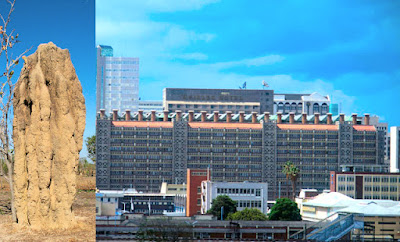Buildings Crafted for Optimal Water Efficiency
As the world grapples with the realities of climate change, water scarcity is becoming an increasingly pressing issue. Consequently, architects, engineers, and planners must prioritize water efficiency in their building designs. By integrating sustainable water use principles, we can create better buildings that not only help preserve our planet's precious resources but also provide economic benefits.
Innovative Design for Water Efficiency
Designing for water efficiency involves two key strategies: reducing water consumption and maximizing water reuse. This approach begins right at the planning stage.
Firstly, to reduce water consumption, buildings can incorporate low-flow fixtures and appliances. These include toilets, faucets, and showerheads designed to use less water than traditional models. Additionally, native or drought-resistant landscaping can limit the need for irrigation, and rainwater harvesting systems can provide water for non-potable uses like flushing toilets or watering plants.
Secondly, maximizing water reuse is essential. Greywater recycling systems can treat water from sinks, showers, and laundry for reuse in toilets or irrigation. Similarly, buildings can employ on-site blackwater treatment systems to recycle wastewater for non-potable uses.
Economic and Environmental Benefits
Water-efficient buildings offer significant economic benefits. Reduced water use translates into lower utility bills, while the reduced demand on municipal water and wastewater systems can lead to broader cost savings. Furthermore, water-efficient buildings often qualify for green building certifications, which can increase their market value.
Environmentally, water-efficient designs help conserve water resources, reducing the strain on aquifers and reservoirs. They also decrease wastewater generation, which can minimize pollution and protect local ecosystems.
The Future of Water Efficiency
As we move towards a future where water scarcity may become more prevalent, designing for water efficiency will become increasingly important. Fortunately, advances in technology and design are making it easier to create buildings that use water sustainably.
In conclusion, better buildings are those that consider water efficiency from the outset. By reducing consumption and maximizing reuse, we can create structures that are economically beneficial and help preserve our planet's water resources for future generations.



Comments